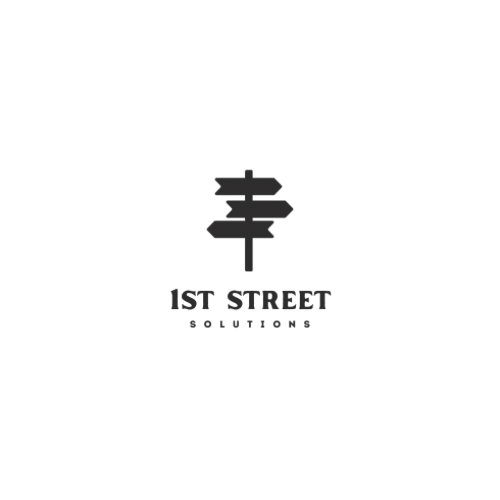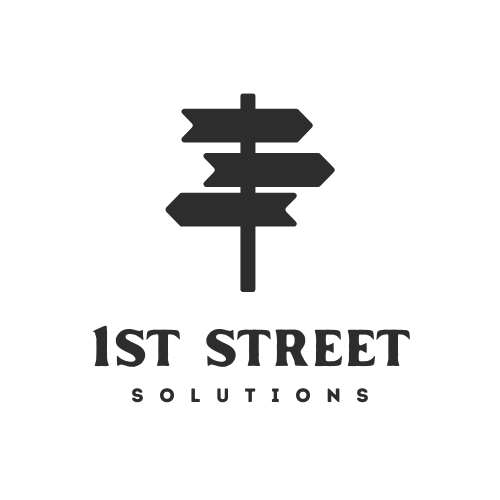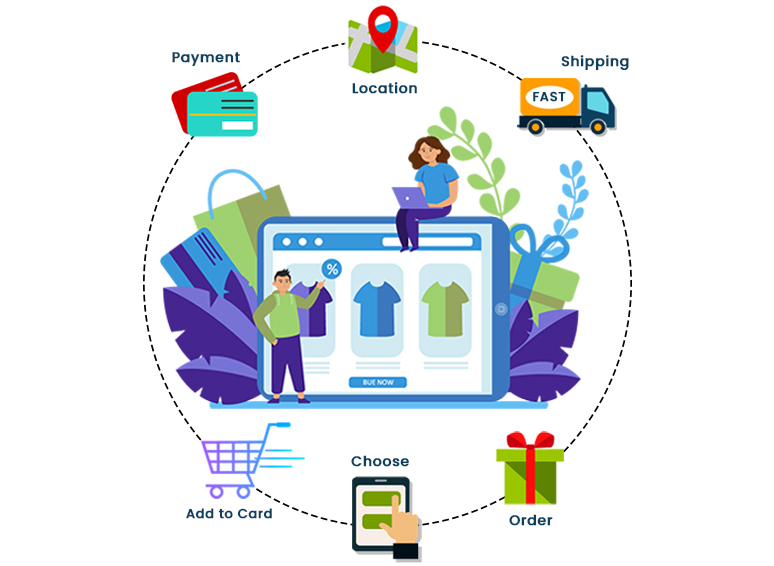In today’s digital world, social media is one of the most powerful tools for promoting your business, reaching new customers, and building your brand. With billions of active users across platforms like Facebook, Instagram, Twitter, LinkedIn, and TikTok, there is an enormous opportunity to connect with potential clients, share your story, and increase sales. Whether you’re a small local business or a large global brand, effectively using social media can lead to significant growth. Here’s a step-by-step guide on how to promote your business through social media.
1. Define Your Social Media Goals
Before diving into social media marketing, it’s essential to establish clear and measurable goals. Your objectives will guide the type of content you create and the platforms you choose to use. Common goals for businesses include:
- Brand Awareness: Increasing visibility and reaching a larger audience.
- Customer Engagement: Building a community and fostering relationships with your audience.
- Lead Generation: Attracting potential customers and driving sales.
- Website Traffic: Using social media as a channel to drive visitors to your website.
Once you’ve set your goals, make sure they are specific, measurable, attainable, relevant, and time-bound (SMART).
2. Choose the Right Platforms
There are a variety of social media platforms available, each with its unique audience and features. Choosing the right platforms is crucial to reaching your target market effectively. Consider the following:
- Facebook: Ideal for businesses targeting a broad demographic. It’s great for sharing news, updates, and promotions, and allows for targeted ads.
- Instagram: A visual platform perfect for businesses in industries like fashion, food, travel, and lifestyle. Instagram is known for its emphasis on aesthetics and creativity.
- LinkedIn: Best for B2B businesses and professionals, LinkedIn is the go-to platform for sharing industry insights, networking, and recruiting talent.
- Twitter: A fast-paced platform great for real-time updates, customer support, and engaging in trending conversations.
- TikTok: Ideal for brands targeting younger audiences, TikTok allows businesses to engage with fun and creative short-form videos.
By understanding your target audience and where they spend their time online, you can tailor your social media strategy to focus on the platforms that will yield the best results.
3. Create Compelling Content
Content is king when it comes to social media marketing. The content you share must resonate with your audience, align with your business goals, and reflect your brand identity. Here are a few types of content that work well on social media:
- Educational Posts: Share helpful tips, industry insights, or how-to guides that solve problems for your audience.
- Behind-the-Scenes: Show the human side of your business by posting behind-the-scenes content, like team activities or the making of your products.
- User-Generated Content: Encourage your customers to share their experiences with your products and feature their content on your social media pages.
- Promotional Content: Share exclusive offers, discounts, or product launches. Make sure to balance promotional posts with engaging content to keep your audience interested.
- Interactive Content: Use polls, quizzes, and Q&A sessions to encourage engagement and direct communication with your audience.
High-quality visuals, including photos, videos, and infographics, are essential to making your posts stand out. Make sure your content is visually appealing, shareable, and aligned with your brand’s voice and message.
4. Engage with Your Audience
Social media is not a one-way street; it’s a conversation. Engaging with your audience is key to building relationships and loyalty. Here are a few ways to engage with your followers:
- Respond to Comments: Always reply to comments, questions, and messages. It shows that you care about your customers and value their input.
- Like and Share User Content: Show appreciation for customers who mention your brand by liking and sharing their content.
- Host Contests and Giveaways: Encourage followers to participate in fun and rewarding challenges or giveaways to increase engagement.
- Ask Questions: Post questions or conduct polls to encourage your followers to share their thoughts and opinions.
Remember, social media is about building a community, not just selling products. By creating meaningful interactions, you can foster a loyal and engaged customer base.
5. Leverage Paid Advertising
While organic reach on social media is important, paid advertising can amplify your business’s presence and drive faster results. Most platforms offer robust advertising tools that allow you to target specific audiences based on demographics, interests, behavior, and more.
For example:
- Facebook and Instagram Ads: Run targeted ads on these platforms to promote your products and services to highly specific audiences. You can also use retargeting ads to reach people who have interacted with your website or previous ads.
- LinkedIn Ads: Utilize LinkedIn’s advanced targeting options for B2B advertising, such as targeting by job title, industry, or company size.
- Twitter Ads: Promote tweets to gain exposure and engage with your audience through trending topics and hashtags.
- TikTok Ads: Create engaging and creative video ads to tap into the younger demographic and increase brand awareness.
Paid ads can be a powerful way to supplement your organic efforts, especially when you want to increase visibility, drive traffic to your website, or generate leads.
6. Track, Analyze, and Optimize
To ensure your social media efforts are paying off, it’s crucial to track your performance. Most social media platforms offer analytics tools to help you measure metrics like:
- Engagement: Likes, shares, comments, and mentions.
- Reach and Impressions: The number of people who see your posts.
- Website Traffic: Click-through rates from social media to your website.
- Lead Generation: Number of conversions or sales generated from social media campaigns.
By regularly reviewing your analytics, you can identify what’s working and what needs improvement. Use these insights to optimize your content strategy, posting schedule, and ad targeting.
7. Consistency is Key
Consistency is essential when it comes to social media. You must maintain a regular posting schedule to keep your audience engaged and aware of your brand. Tools like Hootsuite, Buffer, or Sprout Social can help you plan and schedule posts in advance, ensuring a steady flow of content even when you’re busy with other tasks.
Conclusion
Promoting your business through social media is an ongoing process that requires strategy, creativity, and consistency. By setting clear goals, engaging with your audience, creating compelling content, and leveraging both organic and paid strategies, you can maximize the potential of social media to grow your business. Remember, social media isn’t just about promoting your products—it’s about creating lasting relationships with your audience and providing value that resonates with them.



